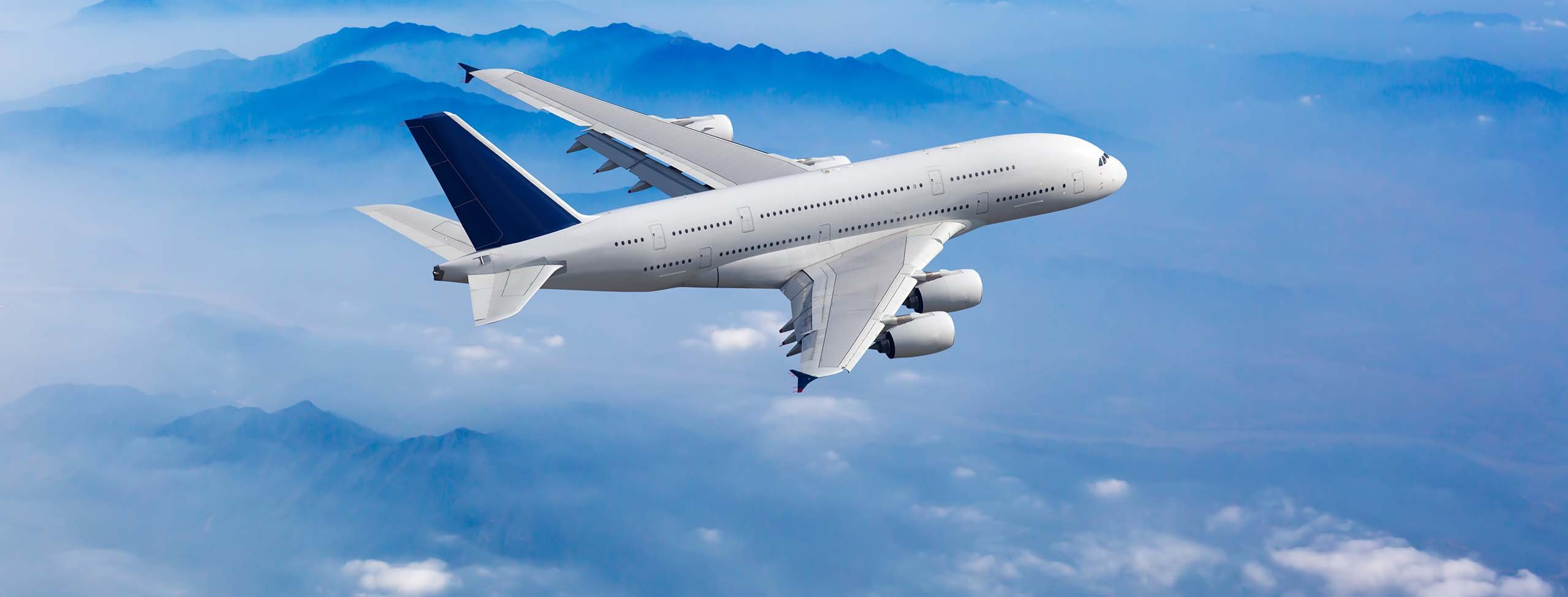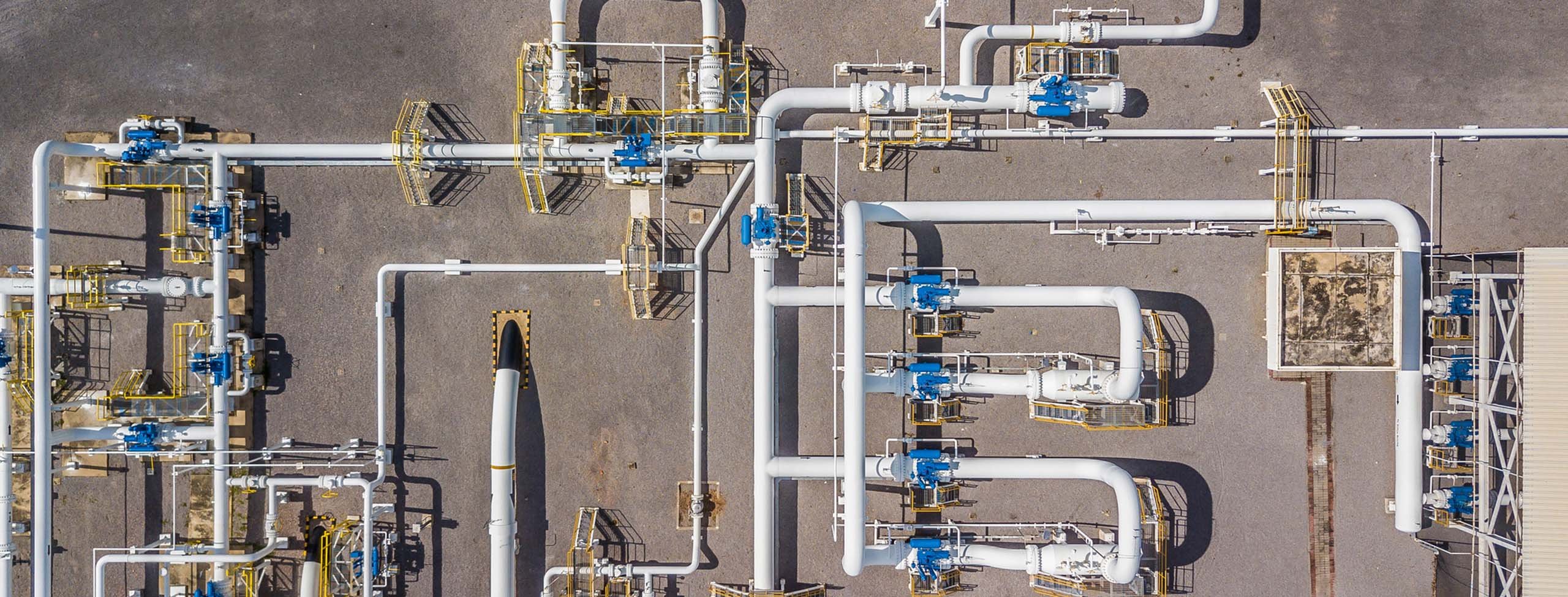
4 March 2024 • 6 minute read
IRS increases focus on business aircraft use
On February 21, 2024, the Internal Revenue Service (IRS) announced an audit campaign targeting aircraft usage by large corporations, large partnerships, and high-income/high-wealth individuals (including corporate executives). The focus of the campaign is to determine whether taxpayers are properly allocating corporate aircraft usage between business and personal purposes.[1]
The IRS expects to use advanced analytics to scrutinize taxpayers’ use of business aircraft and other resources from the 2022 Inflation Reduction Act, which provided $80 billion in new funding over the next decade for the IRS to modernize and improve taxpayer services, as well as enhance enforcement and compliance. IRS Commissioner Danny Werfel has said that initial audits in this area will focus on whether deductions were appropriate and whether personal travel was properly reported as income.
Trap for the unwary
The line between personal and business aircraft usage is often blurred. In many cases, corporate officers, executives, employees, shareholders, and partners regularly use aircraft for both business and personal reasons. For example, corporate executives frequently conduct business in the same locales in which they spend time vacationing. Their business and leisure activities may occur on the same day or as part of the same trip, and family members may also participate in such travel.
Generally, the use of business aircraft is an allowable deduction against a taxpayer’s income. The Internal Revenue Code requires, however, that taxpayers allocate costs incurred from use of business aircraft between business and personal use. When a plane is used for personal purposes, the company cannot deduct the related costs and the aircraft user may be required to report the trip on their own tax returns as income.[2]
To distinguish between personal and business usage in the event of an audit, it is critical taxpayers maintain proper books and records when using business aircraft. The books and records should substantiate the business purpose and the amount of expenses incurred for each use of business aircraft. Under current law, businesses are able to deduct increased bonus depreciation related to the price of corporate aircraft in the year it was purchased as well as the expenses incurred related to the use of business aircraft each year. It is common for corporate aircraft to generate substantial tax losses, particularly for a purchased aircraft eligible for bonus depreciation. Accordingly, the IRS has identified the use of corporate aircraft as a high-dollar area for the agency to target. Failure to keep adequate books and records pertaining to the use of business aircraft could result in a substantial tax liability and penalties for the business as well as for the aircraft user personally.
Good recordkeeping is key
Companies permitting use of business aircraft are encouraged to track every passenger on every flight, why such individuals are on that flight, and other details to substantiate the deductibility of expenses incurred for use of business aircraft. At a minimum, taxpayers should maintain contemporaneous records of business aircraft use that memorializes the: (i) date of flight; (ii) departure airport; (iii) arrival airport; (iv) flight hours and miles; (v) passenger manifest, and (vi) purpose of flight for each passenger.
In the event that a taxpayer does not have available contemporaneous documentation prepared to substantiate the business purpose and direct costs incurred from the use of aircraft, a taxpayer may be able to reconstruct the relevant supporting information from other available sources. These alternative sources may assist taxpayers in developing a sound and reasonable estimate of the direct expenses incurred and business purpose for each use of the aircraft.
When reconstructing the amount of expenses incurred pertaining to the use of business aircraft, taxpayers may use the following to substantiate the amount of expenses incurred:[3]
- Online map tools to reconstruct mileage calculations
- Cancelled checks, bank statements, or credit cards
- Partial receipts or sales tax records, and
- General ledger accounts that may substantiate the amount of expenses incurred.
Relatedly, when reconstructing records for the use of business aircraft, taxpayers may use the following to substantiate the business purpose:
- Appointment books or calendars to establish where an employee traveled to provide services and the total number of trips
- List of clients, meetings, or events to reconstruct the business purpose of each trip
- Cell phone records and call history to develop a list of clients served during specific timeframes during the use of aircraft
- Minutes of board and committee meetings which may disclose the purpose of business trips using aircraft, and
- Employee contracts which may contain provisions related to use of corporate aircraft.
Going forward
The IRS continues to increase its scrutiny on large corporations, large partnerships, and high-income/high-wealth individuals. Given the increased scrutiny by the IRS, taxpayers are encouraged to proactively review the deductions they have been taking and the substantiation they have supporting the claimed deductions before any IRS contact.
Companies with multiple aircraft and/or multiple types of arrangements permitting use of business aircraft may want to invest in software to contemporaneously track the details of flights to substantiate the expenses incurred and business purpose for each trip. Investing in such software would enable taxpayers to put efficient processes in place to avoid reconstructing the relevant details at a later date in the event of an IRS audit. Taxpayers are also encouraged to inform aircraft users of the potential consequences of using business aircraft for personal purposes or failing to adequately document the relevant business purpose for each trip.
For taxpayers with significant potential personal usage of business aircraft, and for which there is a meaningful risk that adequate records substantiating the expenses incurred and business purpose for use of business aircraft does not exist, it may be worthwhile to seek assistance from counsel in advance of an audit to begin reconstructing relevant books and records.
In the event of an IRS audit, taxpayers are recommended to seek tax advice, particularly from advisors experienced in tax controversies and disputes, to help them navigate all aspects of the complex tax dispute process, including those related to increased audits of the use of corporate aircraft.
For more information, please contact any of the authors or your usual DLA Piper relationship attorney.
[1] See IR-2024-46, Feb. 21, 2024, IRS begins audits of corporate jet usage; part of larger effort to ensure high-income groups do not fly under the radar on tax responsibilities (available at: https://www.irs.gov/newsroom/irs-begins-audits-of-corporate-jet-usage-part-of-larger-effort-to-ensure-high-income-groups-dont-fly-under-the-radar-on-tax-responsibilities).
[2] The term “aircraft user” refers to a corporate officer, executive, employee, shareholder, partner or other individual with a relationship to the business who may use corporate aircraft.
[3] This list is not exhaustive but is intended to provide an overview of the books and records typically used when reconstructing expenses.


